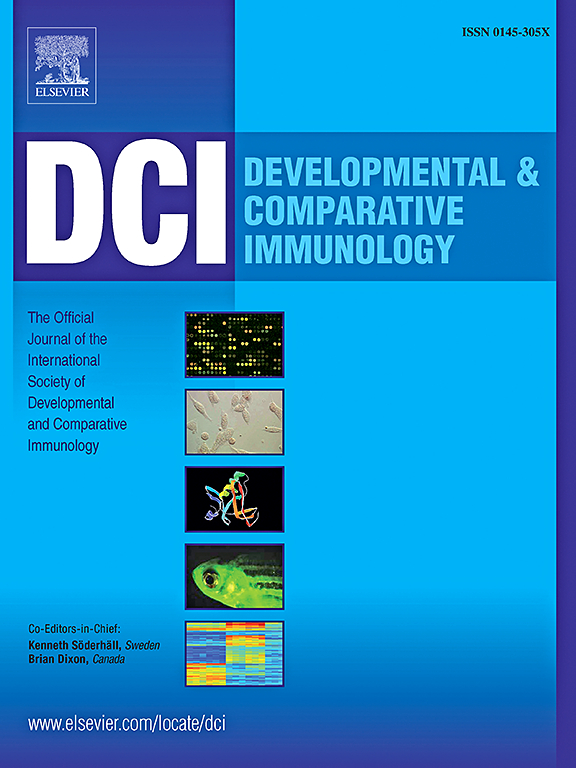Divergent humoral responses between males and females against 24 kDa excretory-secretory protein of Haemonchus contortus and influence of ovine β-globin polymorphism
Abstract
Lambs harboring the Hb-AA β-globin haplotype present improved cell-mediated responses and increased resistance against Haemonchus contortus infection. The aim of the present study was to compare the effect of sex and β-globin haplotypes on specific humoral responses and phenotypes of resistance during H. contortus infection in Morada Nova sheep. As expected, females displayed stronger resistance during the first and second experimental challenges. Differential systemic humoral immune responses were observed comparing sex groups, in which higher levels of specific antibodies targeting 24 kDa excretory-secretory (ES24) protein of H. contortus of IgG and IgM antibodies were respectively observed as predominant isotypes in males and females. The IgM levels were significantly correlated with phenotypes of resistance, evaluated by packed cell volume and fecal egg counts. To our knowledge this is the first study reporting divergent humoral responses profiles to H. contortus infection between male and female sheep. The impact of β-globin haplotypes was less pronounced in females compared to males. Notably, only males showed significant weight differences across haplotypes, with Hb-AA lambs being the heaviest. Additionally, Hb-AA males had significantly higher PCV (indicating better red blood cell health) and lower FEC (indicating lower parasite burden). These findings suggest a more pronounced effect of β-globin polymorphisms on H. contortus infection in males, potentially due to their generally weaker resistance compared to females. This study highlights the importance of sex and β-globin haplotypes in shaping immune responses to H. contortus infection. Specifically, IgM antibodies targeting the ES24 protein appear to play a crucial role in host-parasite interactions and may hold promise for therapeutic development.

 求助内容:
求助内容: 应助结果提醒方式:
应助结果提醒方式:


